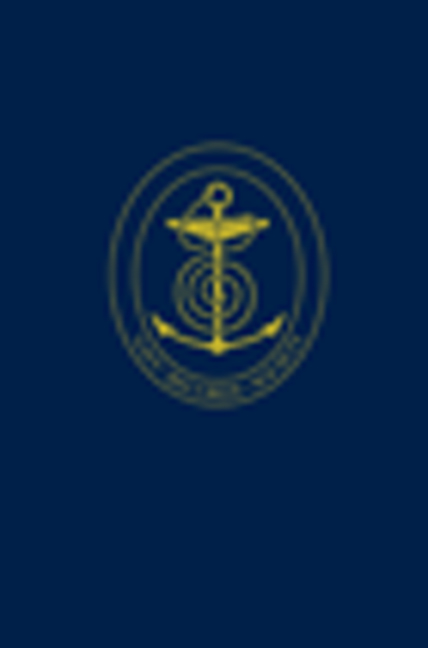 The Durham Papers
The Durham Papers Book contents
- Frontmatter
- Miscellaneous Frontmatter
- Dedication
- Contents
- General Introduction
- Part I From Acting Lieutenant to Master and Commander, 1781–1790
- Part II Sloop Commander, 1793
- Part III Frigate Captain, 1793–1802
- Part IV Ship-of-the-Line Captain, 1803–1810
- Part V Flag-Officer, 1810–1813
- Part VI Commander-in-Chief, Leeward Islands, 1813–1816
- Part VII Lowland Laird, and Commander-in-Chief, Portsmouth, 1836–1839
- Part VIII Epilogue
- Sources and Documents
- Index
- Miscellaneous Endmatter
Part VII - Lowland Laird, and Commander-in-Chief, Portsmouth, 1836–1839
Published online by Cambridge University Press: 04 May 2024
- Frontmatter
- Miscellaneous Frontmatter
- Dedication
- Contents
- General Introduction
- Part I From Acting Lieutenant to Master and Commander, 1781–1790
- Part II Sloop Commander, 1793
- Part III Frigate Captain, 1793–1802
- Part IV Ship-of-the-Line Captain, 1803–1810
- Part V Flag-Officer, 1810–1813
- Part VI Commander-in-Chief, Leeward Islands, 1813–1816
- Part VII Lowland Laird, and Commander-in-Chief, Portsmouth, 1836–1839
- Part VIII Epilogue
- Sources and Documents
- Index
- Miscellaneous Endmatter
Summary
Succeeded as Commander-in-Chief, Leeward Islands, by Rear-Admiral John Harvey, Durham reached Spithead in the Venerable on 16 April 1816. In February that year his wife, Lady Charlotte, had died suddenly in Edinburgh. Her widower was soon the talk of Edinburgh society, for with indecent haste he was openly boasting to friends that he intended to woo and win a certain heiress and make himself as rich as he could out of the marriage settlement. The intended target of his affections – though neither she, being abroad, nor her long-widowed invalid father, sequestered in his home at Fordel near Inverkeithing, knew it yet – was his distant cousin, 34-year-old Anne Isabella Henderson, who was a nearer relative of Captain Thomas Cochrane, the future Earl of Dundonald, and of Admiral Sir Alexander Cochrane. Anne had once lived next door to the Durhams in London’s Gloucester Place, in her paternal uncle’s house.
At the end of the wars Durham was already a wealthy man. A financial statement written in his own hand in 1817 (NAS GD172/585/7) is instructive, showing how this able and avaricious third son of a financially overstretched laird had profited from his profession, despite the fact that early in his captaincy he had lent the bulk of his takings in prize money to his eldest brother, whose bank had soon afterwards collapsed, and the sum loaned lost. The statement shows that Durham was worth £5,000,000 in today’s money. We must assume that, apart from the stated annuities from relatives, most of his wealth derived from prize money.
A tale of intrigue lies behind this statement of his financial position, which was drawn up for the head of Anne Henderson’s trustees, James Maitland, 8th Earl of Lauderdale (1759–1839), father of the two Captains Maitland, so recently under Durham’s command. Lauderdale believed that Durham’s motive for marriage was solely pecuniary – Anne’s potential worth was about £80,000 in Scotland (equivalent to about £8,000,000 today) and £50,000 in England – and told him so in no uncertain terms. In pursuit of his quarry, who was living economically in Paris with her impecunious cousin Isabella, daughter of superannuated Rear-Admiral William Lockhart, Durham – who was good at a phrase when he had to be – penned endearments worthy of a romantic novelist, including ‘I … strike my red flag not to the enemy but to an angel I love with all my heart and soul’.
- Type
- Chapter
- Information
- The Durham PapersSelections from the Papers of Admiral Sir Philip Charles Henderson Calderwood Durham G. C. B. (1763-1845), pp. 479 - 504Publisher: Boydell & BrewerFirst published in: 2024
